We all want our business to find success, whether it is through increased sales or increasing our fan base. Industry experts are quick to point out tips and tricks to do this but the real-world proof is always preferable. Having said that, below are some marketing strategies that have helped brands achieve success.
In this article
1. Viral Loop
A viral loop is a type of marketing concept that has been explored in a book titled “Viral Loop” by Adam Penenberg. It basically describes the necessary steps that lead to a product, service, or network becoming popular.
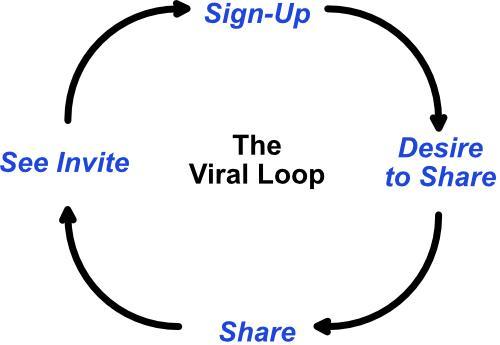
The viral aspect of this concept involves people deeming the content as valuable and then passing it to other people – their friends and family – who will, in turn, pass it on to their friends, family, and followers. Of course, those with bigger clout or influence, like celebrities and authority figures in a niche field, will have more impact on the spread of the content. The proponents behind the viral loop believe that the only way online content becomes massively popular is via personal connections.
Companies make use of the viral loop concept by encouraging their audience to share, like, comment, and even modify the content. When someone interacts with that content, they become supporters and cheerleaders for it.
The idea of viral loops encompasses many different concepts and theories pertaining to human behavior, network theory, and group sociology.
A great example of a company that used the viral loop successfully is Dropbox. They encourage new users to refer a friend so both of them can take advantage of the free cloud storage space. The viral loop tactic helped to increase Dropbox’s sign-ups by 60%.
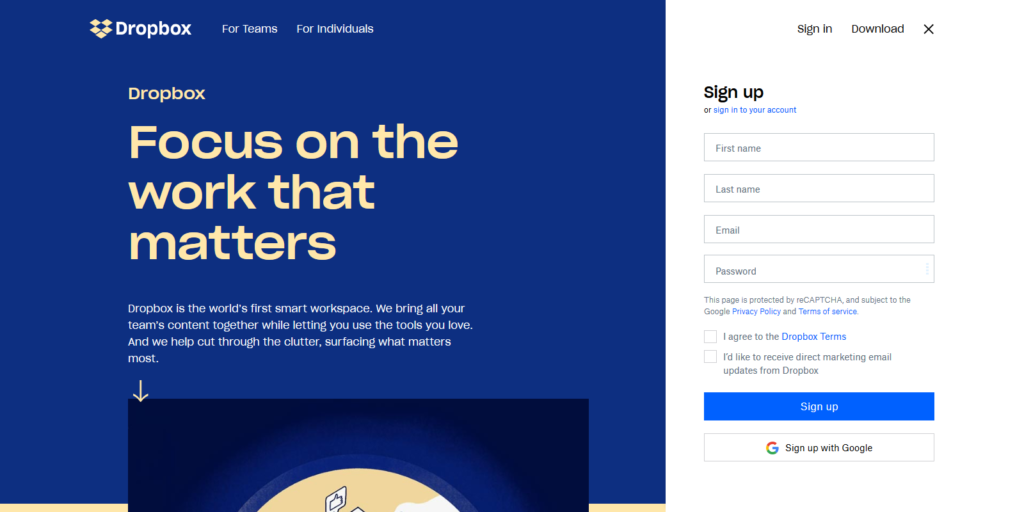
New Dropbox users are introduced to their referral program, either while on the website or see the company’s messaging on social media or email marketing. People will immediately see the value in their promotion and take advantage of it by telling 10 other friends. If two of those become new users, they now become eligible to avail of the same referral rewards which ultimately help Dropbox’s viral growth.
The viral loop concept has four steps:
- A new user signs up to Dropbox.
- The company offers the new user an incentive to share it with others.
- The user deems the offer value.
- They invite new users who can then take advantage of the referral program.
The way that Dropbox leverage the viral loop concept meant that they didn’t have to reach out to users individually, making their efforts cost-effective while still being scalable.
Types of Viral Loops
Before employing the viral loop strategy to help grow a business, first consider that there are several types of viral loops to choose from. Viral loops typically all into two categories: those driven by incentives and those based upon an intended action.
Intended-action loops have an interactive component that viewers use to create result or content. And it also includes a call to action that encourages the user to share the content they’ve created. Incentive-driven loops, on the other hand, encourage users to share the product or service in order to get more of it.
2. Milestone Referrals
In 2012, Dollar Shave Club burst into the scene when they promised high-quality yet affordable blades that’ll be delivered right unto the customer’s door. The next year, Harry’s followed in their footsteps minus the viral video. Instead, they make use of a new strategy called milestone referrals. Using this method, Harry’s was able to collect 300,000 email subscriptions in just a few months.
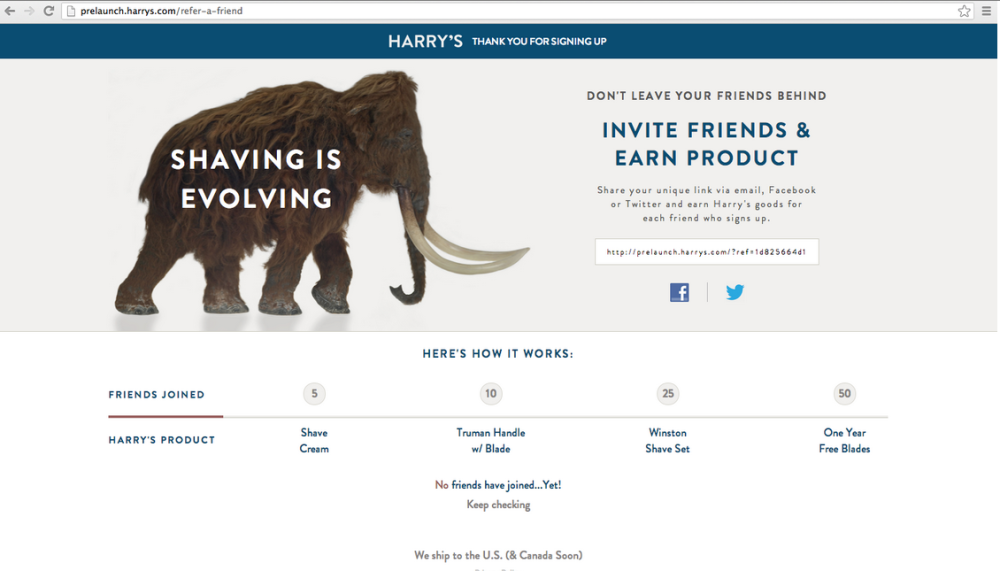
The campaign that Harry’s employed was extremely successful due in part to its simplicity. Literally anyone who can read can be a part of their referral program. The campaign site was simple, catchy, and effective.
First, people were taken to a landing page where they would be asked to provide their email addresses before they can participate in the program. The page also has the messaging written in big, bold, and concise phrasing, making it extremely clear to anyone what the program is all about. The tagline also sparked interest since it alluded to the notion that Harry’s is about to disrupt the grooming industry.
According to Harry’s founder, Jeff Raider, the words were intended to playfully introduce people to the brand at the same time leave an air of mystery about what the company is all about.
After providing their email address, they are then encouraged to invite their friends to receive prizes. The page also included a brief explanation about how the referral program works, a tracker to see how many friends they referred, a unique URL for each user, and prizes they’ve attained.
Harry’s followed what’s called “Milestone Referral Program” which means people receive prizes based on a specific number of milestones (referral) they’ve achieved. In this case, Harry’s offered 4 milestones:
- 5 referrals = free shave cream
- 10 referrals = free razor
- 25 referrals = free premium razor
- 50 referrals = free shaving for an entire year
The use of clear messaging (“Invite friends and earn a product”), together with the fact that getting prizes is very much doable helped to skyrocket the brand’s share count.
3. Word-Of-Mouth
Around 92% of all consumers will believe recommendations coming from friends and family before any other type of advertising. This simple statistic hides a powerful truth about marketing. The biggest marketing asset any company has is their existing customer base.
Today, companies and businesses spend an enormous amount of money to advertise to new customers while at the same time ignoring the tremendous marketing potential of their existing customers. And while there are several ways to harness the marketing potential of existing users, few are as powerful and effective as word-of-mouth marketing.
A perfect example of a company whose use of word-of-mouth marketing was instrumental in its growth is the business communication platform called Slack. In less than six years, it managed to become the go-to communication platform for online collaboration for both personal and professional users.
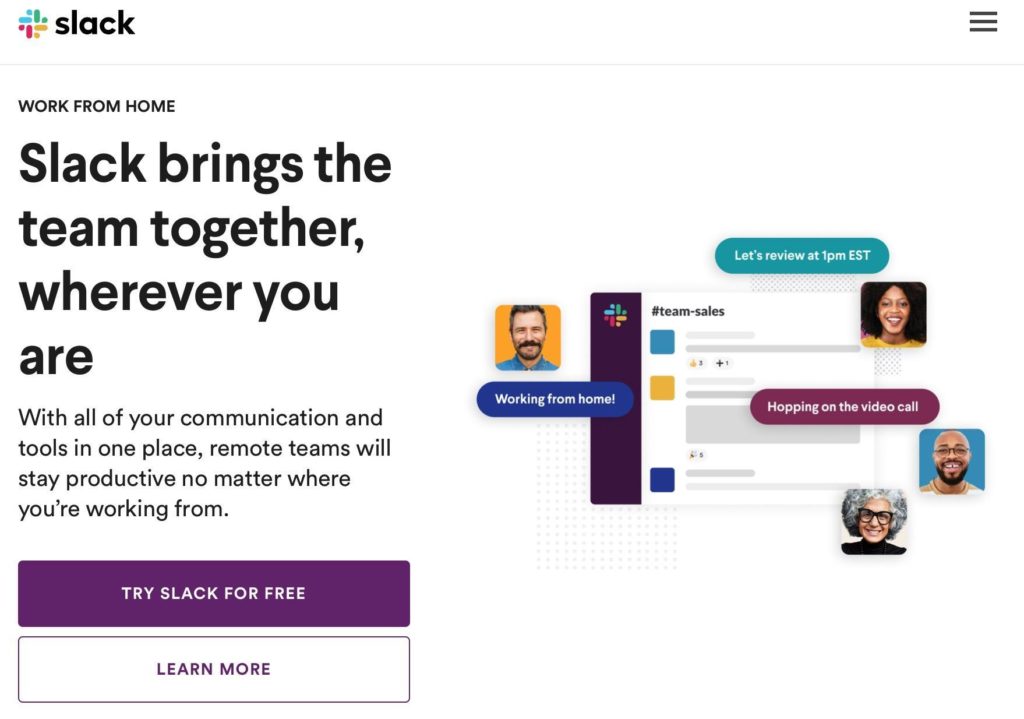
When they launched back in 2013, they only had 8,000 users. But by 2015, Slack saw a million active users daily. Today Slack has over 10 million daily active users, a pretty amazing growth in a short amount of time.
Slack first lent its services to established companies like Flickr and Rdio which helped them generate a lot of initial press coverage. Their main focus on user satisfaction by answering thousands of tweets and help tickets drew attention to the company which led to positive word-of-mouth among early adopters.
Experts all believe that word-of-mouth is both effective and organic. The secret to its effectiveness relies on the psychological bias that everyone has – people inherently believe that the majority knows better, which is why social proof is highly prioritized when it comes to sales copywriting and marketing content. This is also another reason why brands and companies put a lot of effort into upholding their online reputation.
Marketing expert Jonah Berger believes two factors drive word-of-mouth marketing: triggers and social currency.
Social currency relies heavily on the idea of exclusivity. Meaning, people like to feel they are special. Hearing about a secret menu or an underground club hits our need to be included into an exclusive group. A sure-fire way to start word-of-mouth discussion is by employing strategies that focus on social currency factors – offering exclusive information or insider secrets.
Triggers, on the other hand, are social mechanisms that remind people about a product or brand even if they don’t see any advertising.
Say someone mentions that they heard the sushi restaurant near your place is offering discounts on Wednesdays on all their rolls. If another friend suggests grabbing a meal somewhere close by your place, you will be triggered to remember the sushi restaurant that’s offering Wednesday specials. Wednesday becomes the trigger that amplifies the effect of word-of-mouth.
4. Video Marketing
Using video as a marketing strategy is not something new. In fact, it has existed ever since the advent of television all those decades ago. Brands used to buy airtime for commercials. A great example of this would be the Super Bowl commercials that have received pop culture status because of the number of people that they reach.
Video marketing as we know it now has similar qualities to those that air on TV but this time it is a lot more targeted. The commercials aired on TV had to be general since all demographics may watch it. Video platforms, like YouTube, and social networking sites, like Facebook and Instagram, have made viewing more personal which means videos have to be more specific and targeted to their specific audience.
Businesses are turning to video to support goals like:
- Improving web traffic
- Educating users
- Offering help and support
- Winning sales
Let’s go into more detail for each of these goals and how companies have used these in helping achieve their goals.

Increasing traffic
Brands turn to video in promoting their products on social media as well as other content platforms. This helps to funnel customers towards their sites and increase lead generation. One great example of this is Home Depot who posts eye-catching videos on their Facebook page which include links to their sites so viewers can explore the products a little more.
Winning new sales
Videos have also been used to make a business stand out against their competitors and help drive up sales. This is because video is a lot more compelling than email marketing campaigns and digital ads. Brands are better able to tell a story using video. Blendtec, a popular blender brand, is one company that has proven why video marketing is effective. Their videos include a tag line “Will it Blend?” before proceeding to throw random things into the blender to prove the quality of their product.
Educating new users
Video marketing is also an effective way to teach users how to use a product while at the same time reinforcing that value it can add to their lives. Postly, an app that allows users to turn their photos into postcards, did a great job of creating an explainer video of how the app works at the same time reiterating the brand’s message.
Offering help and support
Providing quality support and customer service is a foundation for any good business. It also helps with customer retention. But that doesn’t always have to mean a team of customer service reps. A lot of businesses have relied on video to help users answer questions and queries proactively.
5. Person-To-Person Outreach
There are a lot more people who prefer interacting with others rather than reading, being online, watching TV, or even listening to music. This fact can be used by businesses to their advantage through personal outreach.
Tinder, the famous dating app, is a perfect example of effectively using in-person outreach to boost their business. The app took off within the halls of the University of Southern California back in 2013 when co-founder Justin Mateen’s brother decided to throw a birthday party at their parent’s house for a classmate. Around 500 guests were attending.
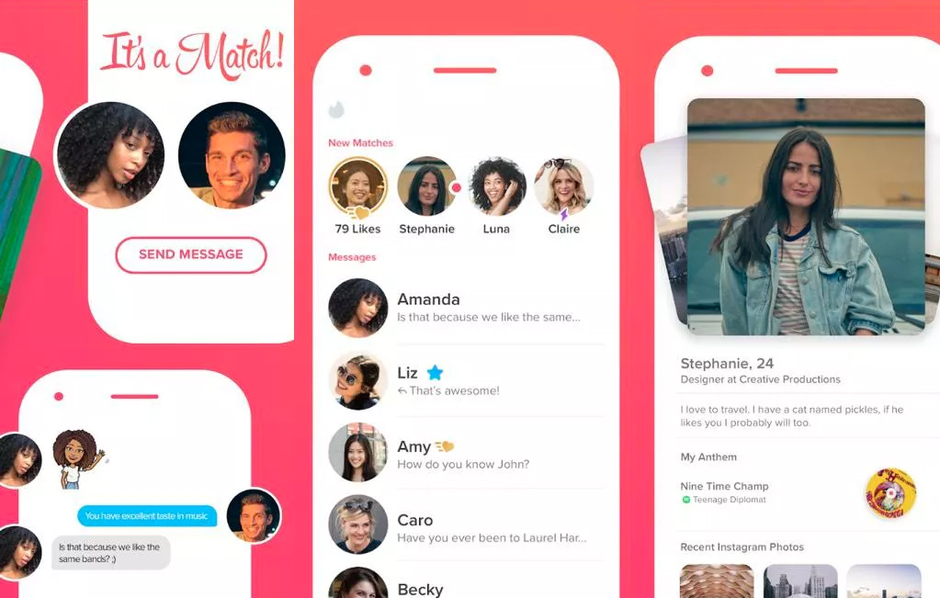
When Mateen heard of the plan, he realized the opportunity to promote his new app, Tinder. The company paid for the entire event. They also hired a bouncer and anyone who wanted to get into the party only had to download Tinder right by the door.
Once the party concluded and students started matching on the app, Tinder became a hit on the campus.
In the next several months following, Tinder continued to do more personal outreach at sororities and fraternities in Southern California. They handed out fliers, discussed it with people in coffee shops, and even stopped people on the streets to demonstrate the value of Tinder.
Conclusion
These five strategies have helped many companies find success in their industry, and it could also be a great solution to others who are looking for a way to boost their business. But it’s also important to note that merely doing these strategies are not enough. A lot of things not mentioned are also required including quality of the product, timing, and a deep understanding of their target audience.



